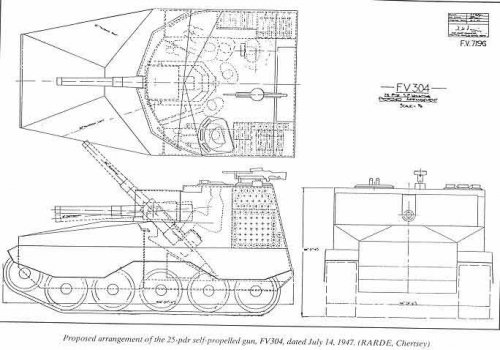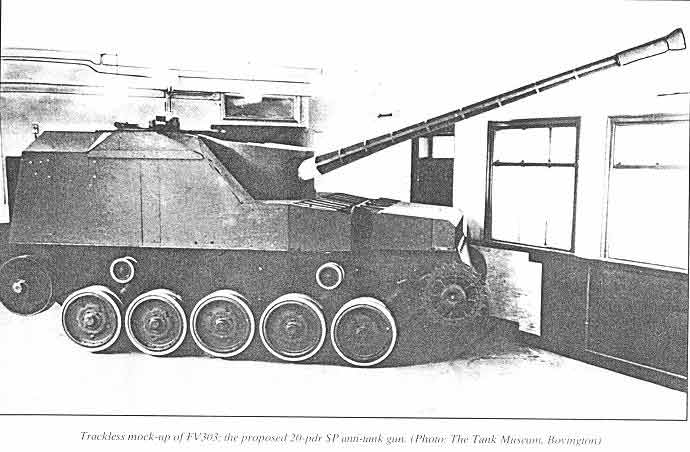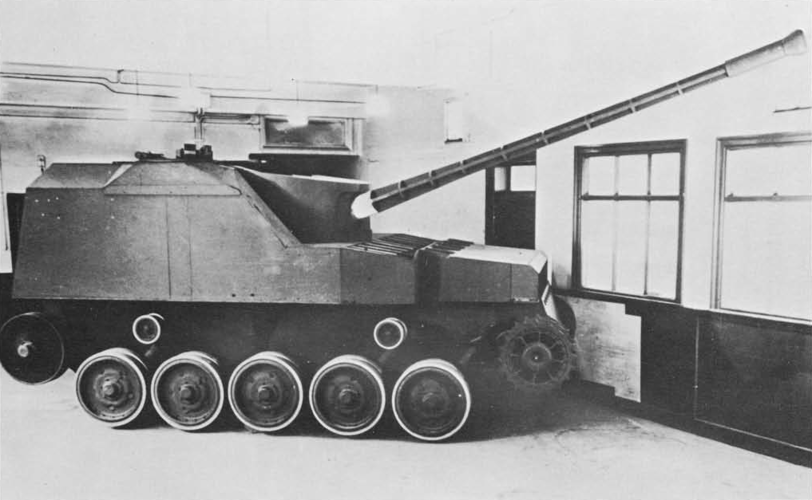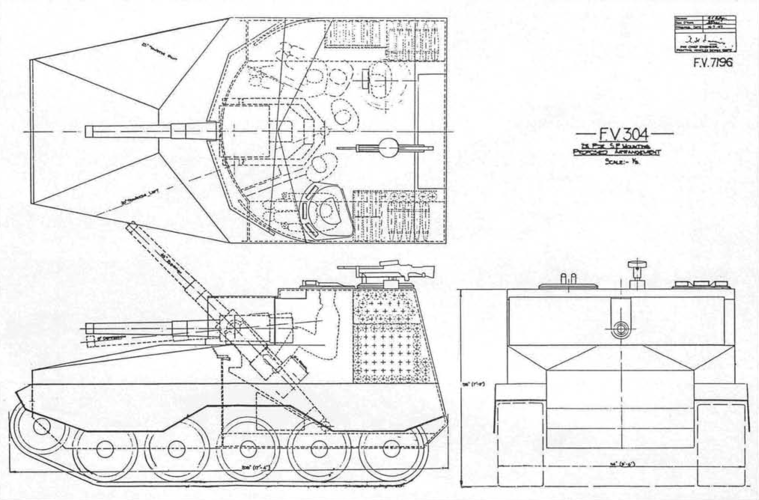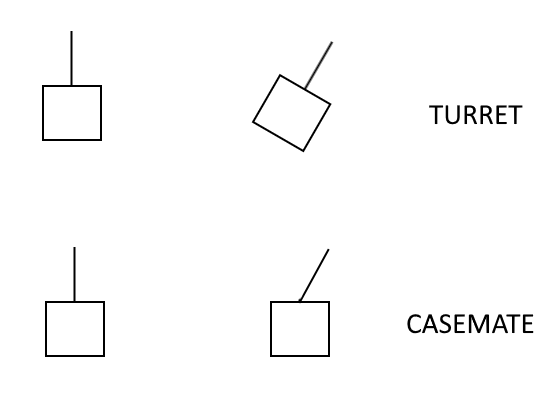- Joined
- 27 September 2006
- Messages
- 5,744
- Reaction score
- 5,626
The British Tank Museum did a brochure some years back on postwar British tanks which
contained a photo of an FV 301 light tank and related vehicles, including a 25pdr self
propelled gun version. The project was abandoned in the early 50s through lack of funds.
Would this programme have provided the BAOR with a family of vehicles as good as the FV432
series earlier, or was cancellation a good idea?
UK 75
contained a photo of an FV 301 light tank and related vehicles, including a 25pdr self
propelled gun version. The project was abandoned in the early 50s through lack of funds.
Would this programme have provided the BAOR with a family of vehicles as good as the FV432
series earlier, or was cancellation a good idea?
UK 75

